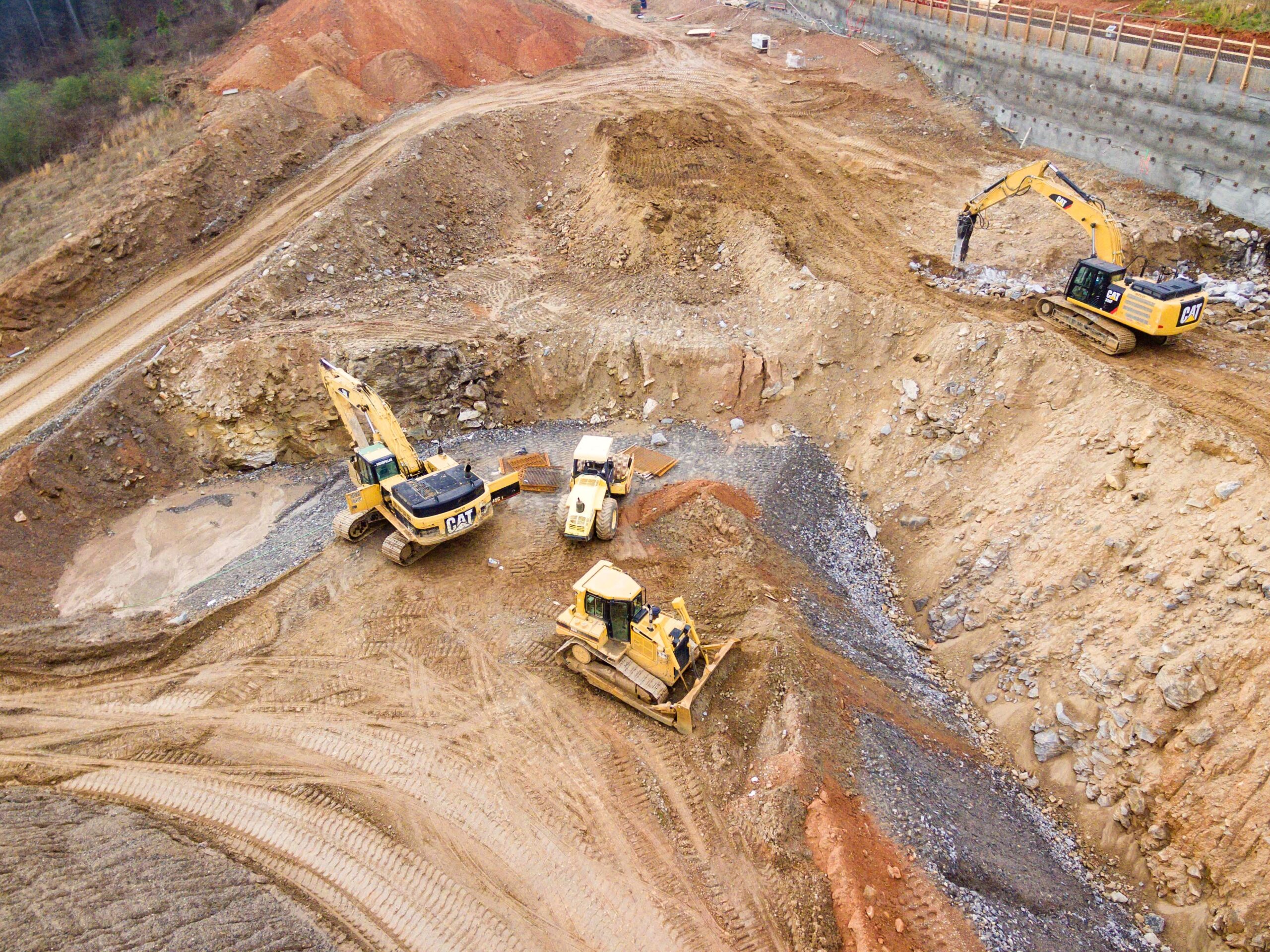
Brownfield developments can present unknown physical conditions over the land, having adverse impacts on the ability for parties to successfully deliver the project. However, where parties ensure contractual drafting clearly provides for the risks associated with working over brownfield sites, it can reduce the potential for disputes to arise and assist in achieving “best for project” outcomes.
Similarly, the drafting which may be associated with brownfield developments and the associated risk allocation is ordinarily significantly different to that which may be associated with greenfield projects. Given this, the nature of a projects site can have material impacts on contractual drafting and the negotiations resulting from such, as it will influence the risk positions parties will be amenable to.
Importantly, parties need to consider not just the known risks associated with operating in brownfield or greenfield sites, but also those that might not be discoverable until after the works are already underway.
What to Look For
During the preliminary project stages, it is important to consider the potential physical conditions which may impact, or otherwise influence, the delivery of the project.
Pending the project’s location, information which is readily available, such as Dial Before You Dig, may offer the ability for parties to gain an early understanding of the various underground assets which may impact aspects of the project. However, it may be insufficient to rely entirely on Dial Before You Dig, or similar types of services, to fully understand the complexities which may be associated with the physical conditions of a project.
Various project factors will influence what types of investigations and testing may need to be undertaken during preliminary project stages, but they may include:
- soil testing to determine composition and the presence of any hazardous materials;
- sedimentary and core testing to determine the physical, hydrologic, and engineering properties of the soil, including those which may relate to subsidence or other potential soil movements, or bearing capacity;
- 3D scanning or modelling to determine any unknown underground material or objects, whether they be artificial or natural; or
- water testing to determine potential impacts from groundwater or the local water table levels.
Latent Conditions and Contractual Drafting
Construction contracts ordinarily include drafting around “Latent Conditions”, which in effect represents an entitlement for the Contractor to claim for the impacts of any changes to the site condition to that which was otherwise anticipated. The drafting of Latent Condition clauses is important given the potential for it to significantly impact the Contractor’s entitlement to claim for different site conditions.
Not all Latent Condition clauses are made equal, but the drafting ordinarily includes a requirement that the given change in physical conditions was not known by the Contractor at the time of entering the contract or would not have been anticipated by a competent and experienced Contractor having reviewed all available information and undertaken reasonable inspections of the site and its surrounds. The change in the physical conditions will also normally need to have had a material or significant impact on the Contractor’s ability to undertake the works.
This broad drafting provides that even in circumstances where the Contractor was not aware of the Latent Condition at the time of entering the contract, there will not be an automatic entitlement to claim. It must also be shown that a reasonable and experienced contractor would also not have anticipated the Latent Condition.
Given this drafting, it is important that Contractors satisfy all requirements associated with the review of information and site investigations prior to entering a contract, to ensure that any physical site conditions which a reasonable and experienced contractor would have anticipated are identified and associated pricing and timing impacts are accounted for.
Even where entitlement to claim for a Latent Condition arises, it is important that the parties are clear on what a Contractor can claim for. Ordinarily the Contractor’s entitlement would be for both time and cost. However, it is important that the drafting of the specific contract is reviewed to ensure that such an entitlement is reflected, and the wording is sufficiently clear to set out a process under which the Contractor can claim for both.
Parties should also turn their mind to the notification and timing requirements associated with Latent Conditions. Notification windows may be short (i.e. 5 Business Days), and it is therefore important that the parties consider the impacts of such and the reasonableness of such given project specific considerations. For instance, Contractors should consider the need to include shorter timeframes in their subcontracts to allow sufficient time to make notifications upstream.
LPC Lawyers
LPC Lawyers has extensive experienced in drafting and negotiation project on both brownfield and greenfield sites. Our team can utilise their experience and understanding of projects to ensure contracts are drafted in such a way which accurately reflects the risks of a given project.
If you require assistance with your next project, please do not hesitate to contact our team.
Contact: Peter Lamont or Ryan Bryett
Email: [email protected] or [email protected]
Phone: (07) 3248 8500
Address: Suite 1, Level 1, 349 Coronation Drive, Milton Qld 4064
Postal Address: PO Box 1133, Milton Qld 4064
